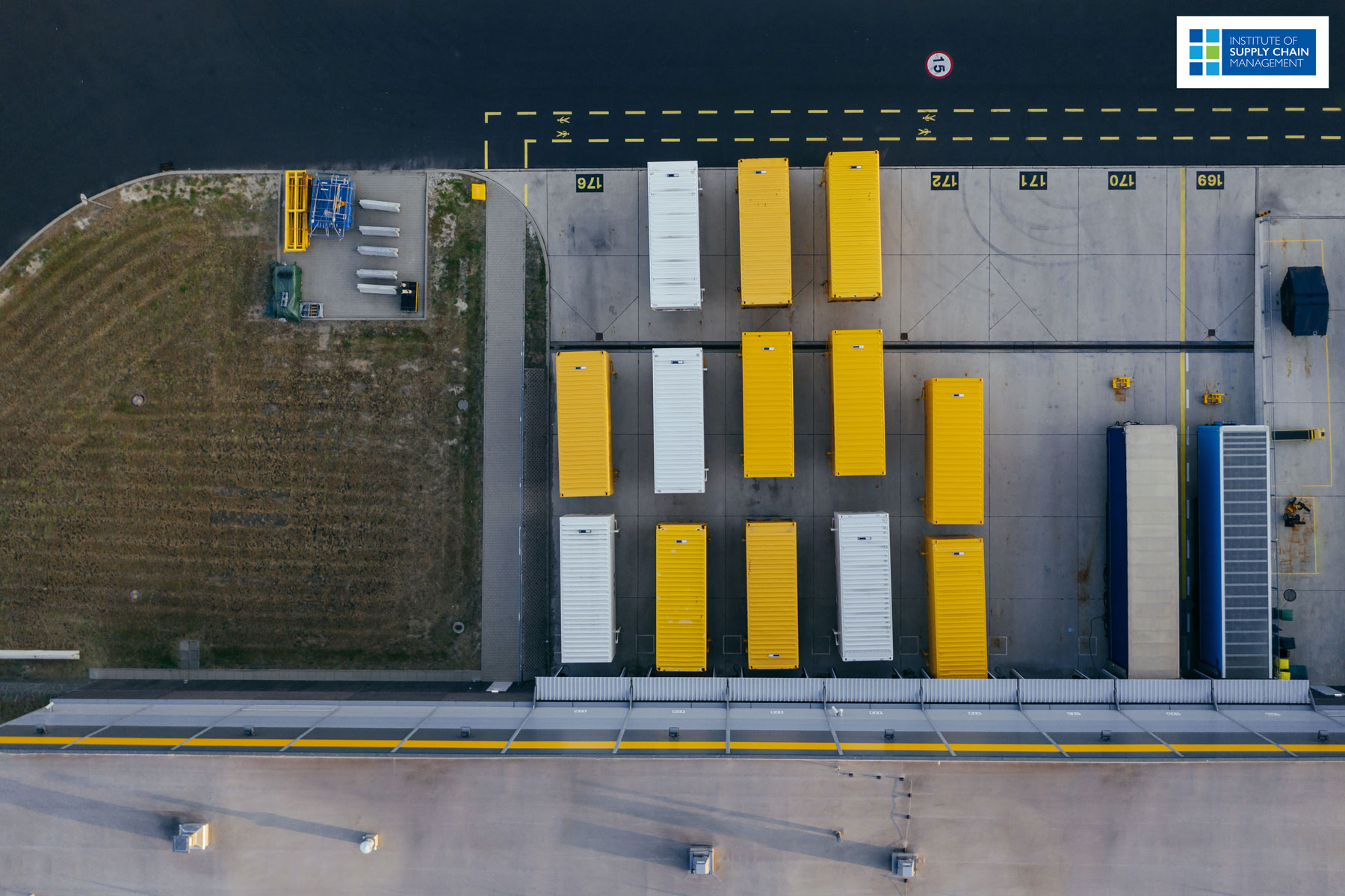
Photo by Marcin Jozwiak from Pexels
Reducing Detention and Demurrage Charges With Supply Chain Visibility
Detention and demurrage charges are an unavoidable cost incurred by any shipper. A myriad of factors lead to delayed shipments, such as port congestion, weather events, slow vessel speed and many more factors. This in turn has led to massive costs incurred by shippers, most notably detention and demurrage charges.
Defining detention and demurrage charges
Let us start off by defining detention and demurrage charges. In a blog post by container-xchange, detention and demurrage charges can be explained as follows;
“Demurrage charges always relate to the time a container is inside a terminal. On the other hand, detention is a charge for extended use of the container until it’s returned empty to the shipping line.”
To put this in layman terms, demurrage charges are considered to be rental charges for using space in the terminal, while detention charges are rental charges for container usage.
While shippers have a few days of grace period, this is usually not enough to avoid incurring charges. Unfortunately, these charges amount to billions annually, significantly reducing profit margins of shippers.
As indicated by Maersk’s 2018 annual report, USD $938 million of “Other Income” in Q4 were “principally determined by higher demurrage and detainment”. With the waiver time frame allowed to shippers being reduced each year, confinement and demurrage costs are set to increase.
To put this cost into perspective, FIATA (The International Federation of Freight Forwarders Association) has reported that demurrage and detention costs 20 times more than the container itself.
Causes Of High Detention and Demurrage Charges
With existing static supply chain information, shippers don’t have dependable data on container developments in ports, such as how long past the free days is the container remaining inside the port or outside the port.
This results in huge demurrage and detention costs caused by shippers every year. Depending on carriers for information is inadequate to get absolute visibility on detention and demurrage costs.
Shippers have to constantly adjust trucker schedules spontaneously due to the huge deviation between vessel schedules and actual vessel arrival times. Therefore, when vessels actually arrive, there is a delay in arranging for transport to receive the shipment, leading to demurrage charges.

Furthermore, with unreliable vessel schedules, manufacturers have to keep buffer stocks in their warehouses in the event of a delay to incoming shipments. According to a report by Bamboo Rose, more than 56% of shippers hold a minimum of 3 weeks of goods to compensate for lack of supply chain visibility.
This has impacted warehouse management, resulting in slower returns of containers to ports and higher detention charges to shippers.
The Covid-19 impact
In a survey directed by the Institute For Supply Management (ISM), almost 75% of the organisations had their supply chain disrupted as a result of Covid-19. Of this group, 16% are looking to alter income targets downwards by a normal of 5.6%.
Besides, 53% of the respondents thought that it was troublesome getting supply chain data from China. For context, this review was done in March 2020, when the infection was at this point to be contained in China.
Before Covid-19, these delays brought about lower customer loyalty levels, increase in fixed costs because of the requirement for buffer stocks and extra detention and demurrage charges.
The Covid-19 pandemic has exacerbated these negative effects such that investing in supply chain visibility turns into a need for shippers to remain profitable.
Turning To Predictive Analytics
For an extensive stretch of time, supply chain visibility and digitising supply chains were seen as a “pleasant to-have” and not a fundamental element in building supply chain resilience.
By combining real-time data with machine learning, predictive analytics furnishes the shippers with better visibility on their supply chain, proactive alerts when shipments might be stuck or deferred and predictions on arrival times.
In view of this dynamic, the shipper can make proactive adjustments to the supply chain, decrease supply chain costs particularly Detention and Demurrage charges and drive better consumer loyalty and OTIF performance.
In addition, investing in predictive analytics will allow the shipper to accurately estimate the time it takes for shipments to arrive. Predictions can be done at a granular level e.g. specific shipping routes and between two specific ports.
By being notified of port delays in advance, shippers can inform warehouses and truckers to make changes to the initial schedule. This will significantly reduce detention charges.
Quantifying expected delays in ports and customs clearance, shippers are able to more accurately forecast detention and demurrage costs, reducing the unknown costs.
What other aspects of supply chain visibility do you see being implemented today?
ABOUT PORTCAST
Portcast makes global supply chains more predictive and dynamic. Their technology enables logistics companies to improve profitability through dynamic demand forecasting and real-time vessel and container tracking that is inclusive of transshipments.
Reach out to Portcast at contact@portcast.io for a demo today.
